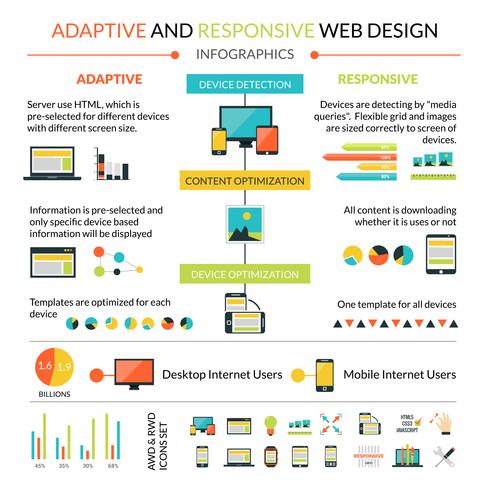The Change Of Online Platforms: A Trip Through Time
The Change Of Online Platforms: A Trip Through Time
Blog Article
Team Writer-Lamb Vangsgaard
In the past, sites were easy and concentrated on details. Navigation was straight, and layout was for desktops. Currently, https://knowtechie.com/how-to-reinforce-your-digital-marketing-strategy/ is crucial. Information guides layouts for very easy navigating. Receptive layouts fit various gadgets. Today, dark mode reduces strain, and minimalist food selections enhance navigating. Interactive features involve individuals, and vibrant visuals stick out. AI assimilation increases involvement. See how style has advanced to improve your online journey.
Very Early Days of Website Design
In the early days of website design, simplicity preponderated. Websites were standard, with restricted colors, typefaces, and formats. The focus got on giving information rather than showy visuals. Customers accessed the web with slow-moving dial-up links, so speed and performance were vital.
Navigation menus were straightforward, commonly situated on top or side of the web page. Web sites were created for desktop, as mobile surfing wasn't yet common. Material was king, and developers prioritized easy readability over complex design components.
HTML was the primary coding language utilized, and developers needed to function within its restraints. Computer animations and interactive functions were marginal compared to today's requirements. Websites were fixed, with little vibrant content or tailored customer experiences.
Surge of User-Focused Design
With the advancement of web site design, a change towards user-focused design principles has come to be significantly popular. Today, developing internet sites that focus on user experience is essential for engaging site visitors and achieving company objectives. User-focused layout includes understanding the requirements, choices, and behaviors of your target audience to customize the internet site's design, content, and includes appropriately.
Developers now carry out thorough research, such as customer surveys and functionality testing, to collect insights and feedback directly from users. click the up coming web page -driven method aids in developing user-friendly navigating, clear calls-to-action, and visually attractive user interfaces that reverberate with visitors. By positioning the customer at the facility of the design process, web sites can deliver an extra tailored and delightful experience.
Responsive style has additionally become a crucial aspect of user-focused design, making certain that sites are optimized for different gadgets and display dimensions. This flexibility enhances accessibility and usability, satisfying the diverse ways users connect with sites today. In essence, the increase of user-focused style signifies a shift towards creating electronic experiences that prioritize the requirements and assumptions of completion customer.
Modern Trends in Website Design
Check out the most up to date fads forming website design today. One noticeable trend is dark setting layout, providing a smooth and modern look while reducing eye pressure in low-light atmospheres. One more key pattern is minimalist navigating, streamlining food selections and boosting user experience by focusing on essential elements. Integrating micro-interactions, such as computer animated buttons or scrolling effects, can produce an extra engaging and interactive website. Receptive style stays crucial, making sure seamless individual experiences across different tools. Furthermore, utilizing strong typography and asymmetrical formats can include visual rate of interest and accentuate details content.
Integrating AI technology, like chatbots for client support or tailored suggestions, boosts customer interaction and streamlines procedures. Accessibility has also come to be a significant trend, with developers focusing on inclusive style practices to accommodate varied customer needs. Accepting sustainability by optimizing internet site performance for rate and effectiveness is an additional arising trend in web design. Teaming up with customer comments and data analytics to repeat and boost style continuously is important for staying relevant in the ever-evolving electronic landscape. By welcoming these modern trends, you can produce a visually appealing, straightforward website that resonates with your target market.
Final thought
As you reflect on the evolution of web site style from the very early days to now, you can see just how user-focused style has become the driving force behind contemporary patterns.
Welcome the journey of change and adaptation in website design, always keeping the user experience at the forefront.
Keep present with the latest fads and innovations, and never ever quit advancing your method to develop visually spectacular and easy to use internet sites.
Evolve, adjust, and produce - the future of web design is in your hands.
